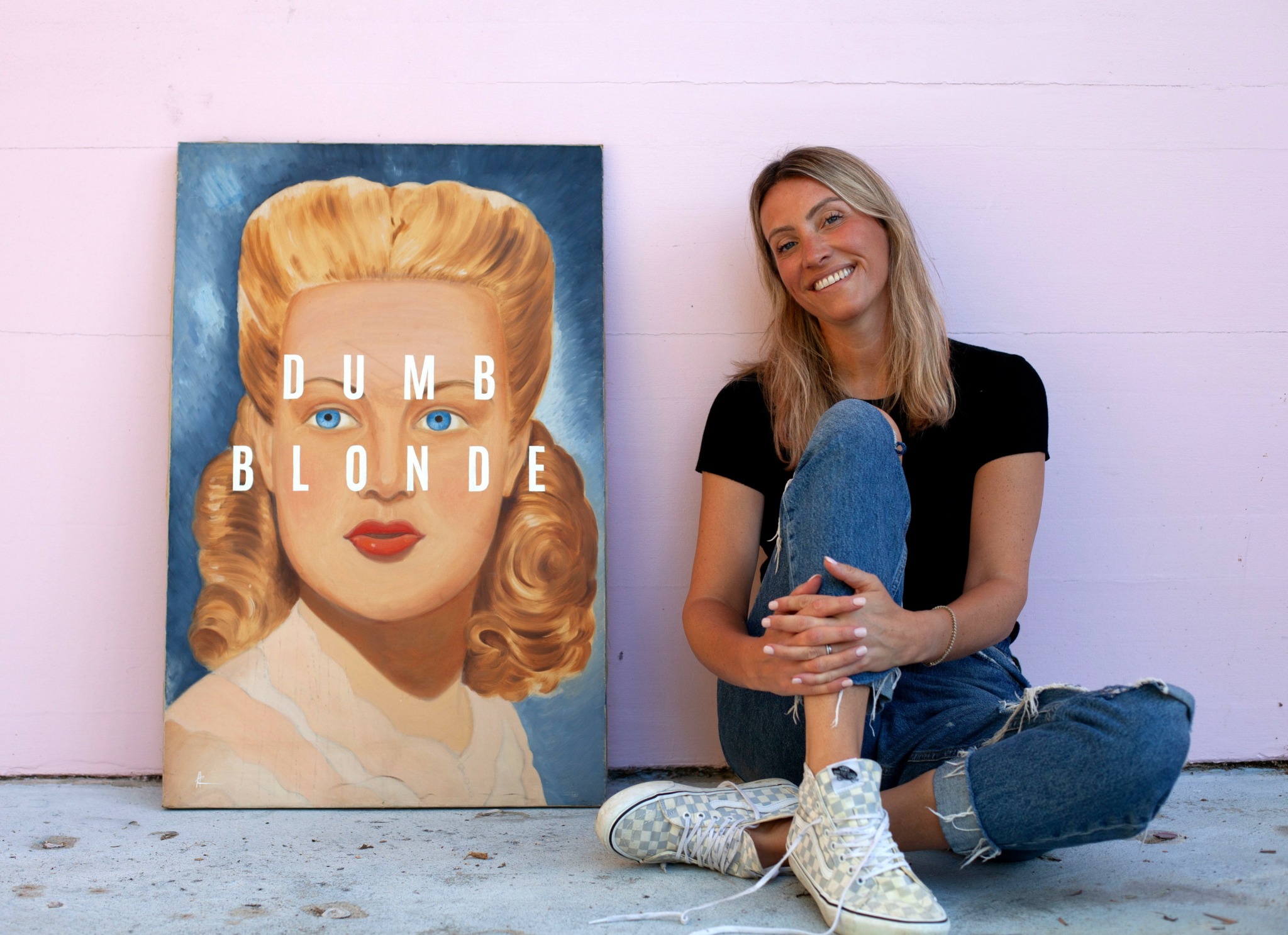We were lucky to catch up with Annie Rob recently and have shared our conversation below.
Alright, Annie thanks for taking the time to share your stories and insights with us today. Did you always know you wanted to pursue a creative or artistic career? When did you first know?
From a young age, I knew I was destined to pursue a creative path. Art was the one subject at school I truly enjoyed. After I left school, I completed an Art Foundation course which was the natural stepping-stone to a creative degree in the UK.
It was exhilarating to be among others equally as interested in art and liberating to be in an institution that took art as seriously as the ‘traditional’ subjects. It confirmed the art world was for me and not just a waste of time as I’d been told many times.
However, my dad still wasn’t convinced. He worried about my future. It was hard for him to understand how working in the creative industry could offer steady work or a decent salary. Following the Art Foundation course, I decided to study graphic design and applied to the University of Brighton; its course was the highest regarded in the UK for that field. He told me that if I didn’t get into the program in Brighton, I’d have to get a day job and give up the idea of studying art. I’ll never forget it because his ultimatum only fueled my determination. That day, I decided to prove to my dad and everyone else that I had what it takes. And it was the best decision I made. I worked hard and got accepted into the program.
The graphic design course perfectly balanced creative freedom and structure, and the friends I made there are still some of my closest. After graduating, I was featured in Creative Review’s ‘Best of Show’, which helped me land a dream job as a junior designer at London-based advertising agency, Think One. My starting salary was (very) modest but enough to scrape by on. And who needs to eat, anyway?
I worked on designing movie posters and record sleeves and some truly inspiring creative campaigns. For the first time, I had complete creative freedom and a boss who believed in me. Life was good. As the industry shifted and companies merged, I moved on, working my way up the ranks and eventually becoming a partner at an ad agency. It was an incredible professional feat, but the deeper I dug my heels into corporate life, the more I craved the creative freedom of my earlier years.
I realized that if I were to have true artistic freedom, I’d have to create it for myself. And Painting in the Rude was born. I’ve always been obsessed with typography and vintage ephemera and spent most of my free time hunting through flea markets for quirky treasures. So, I decided to marry my two loves and see what would happen. A fun hobby making art for my home, took on a life force of its own when friends and colleagues began commissioning me to make pieces for them. That’s when I knew I had created something special.

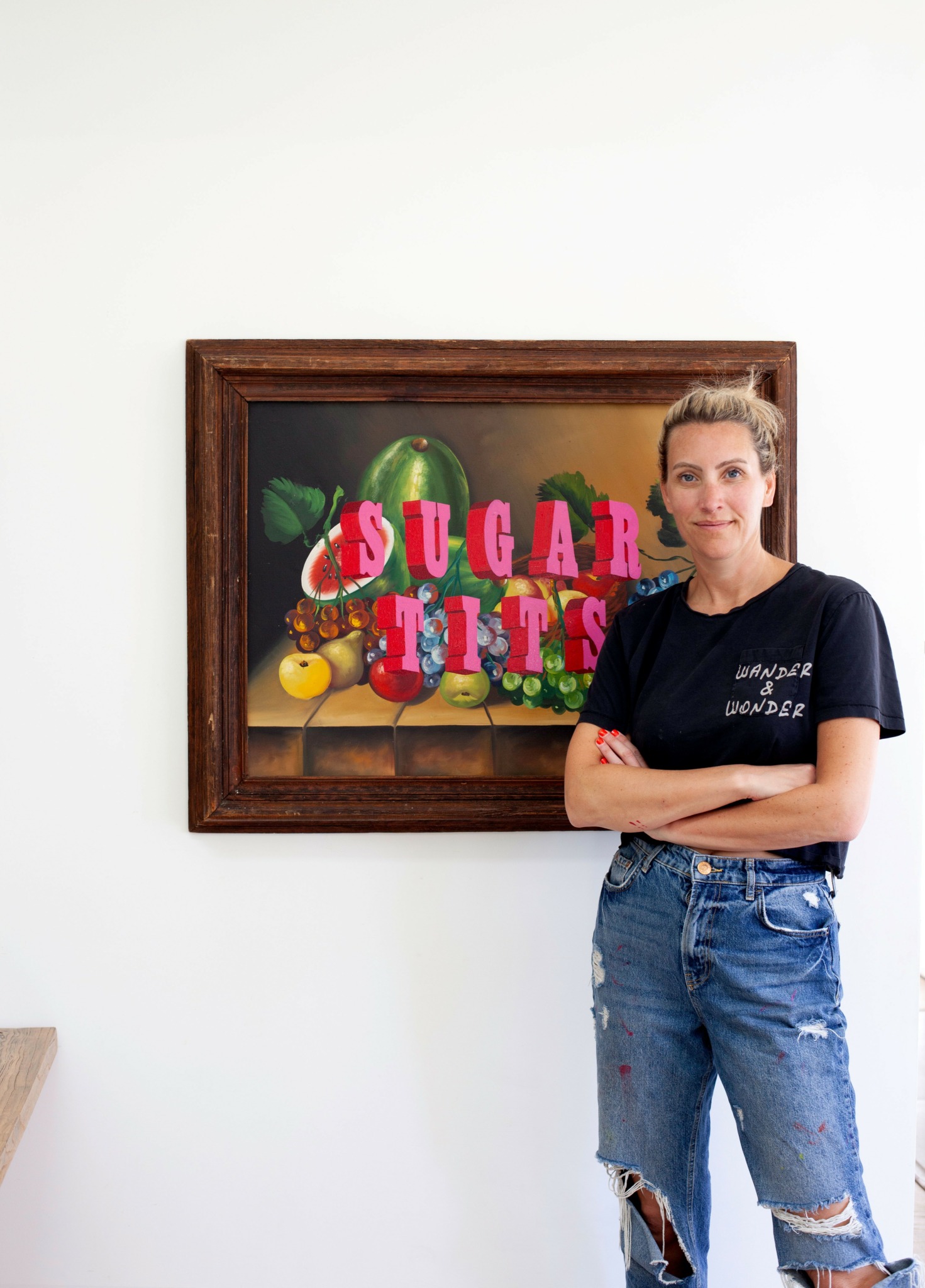
Annie, before we move on to more of these sorts of questions, can you take some time to bring our readers up to speed on you and what you do?
I’m the artist behind ‘Painting in the Rude’— rehab for unfashionable or forgotten art.
I believe all art has value, so I breathe new life into vintage works, bringing relevance to otherwise dated paintings and prints with poignant, modern messaging.
Each piece is individually selected, developed and hand-painted with a unique voice and character that resonates enough for the artwork to make it back onto the wall.
I don’t create simply to sell. Painting in the Rude started as a passion project that quickly (and unexpectedly) gained enough momentum to become a viable business. Now, my pieces are represented by galleries; I sell works at notable art fairs across the globe and via my website and social channels.
I also collaborate directly with art lovers, either to develop a new identity for an existing piece or to source and create new work based on the palette and personality they want. I love it when someone brings me art they’ve had for years – something with sentimental value but now feels a bit stale. Together, we experiment to find the perfect phrase, tone, and personality. This process delivers something special, and unique. And, as a result, the art embodies a statement its owner wants to make about the world, or themselves, in the right way.
Many of my works subtly reflect my own feelings and experiences, with an edgy feminist message or to highlight the absurdity of reality. I often bring humor to the most mundane aspects of life.
Realizing that my art resonates with others is incredibly validating. I’m extremely proud of the growth and success I’ve had with Painting in the Rude, and I hope sharing my experiences will inspire and motivate other artists, too.
I want to make art fun, accessible, and personal again. My goal is to connect with people who see the humor and joy in life, and to create pieces that aren’t just beautiful, but also make a statement or provoke a smile.
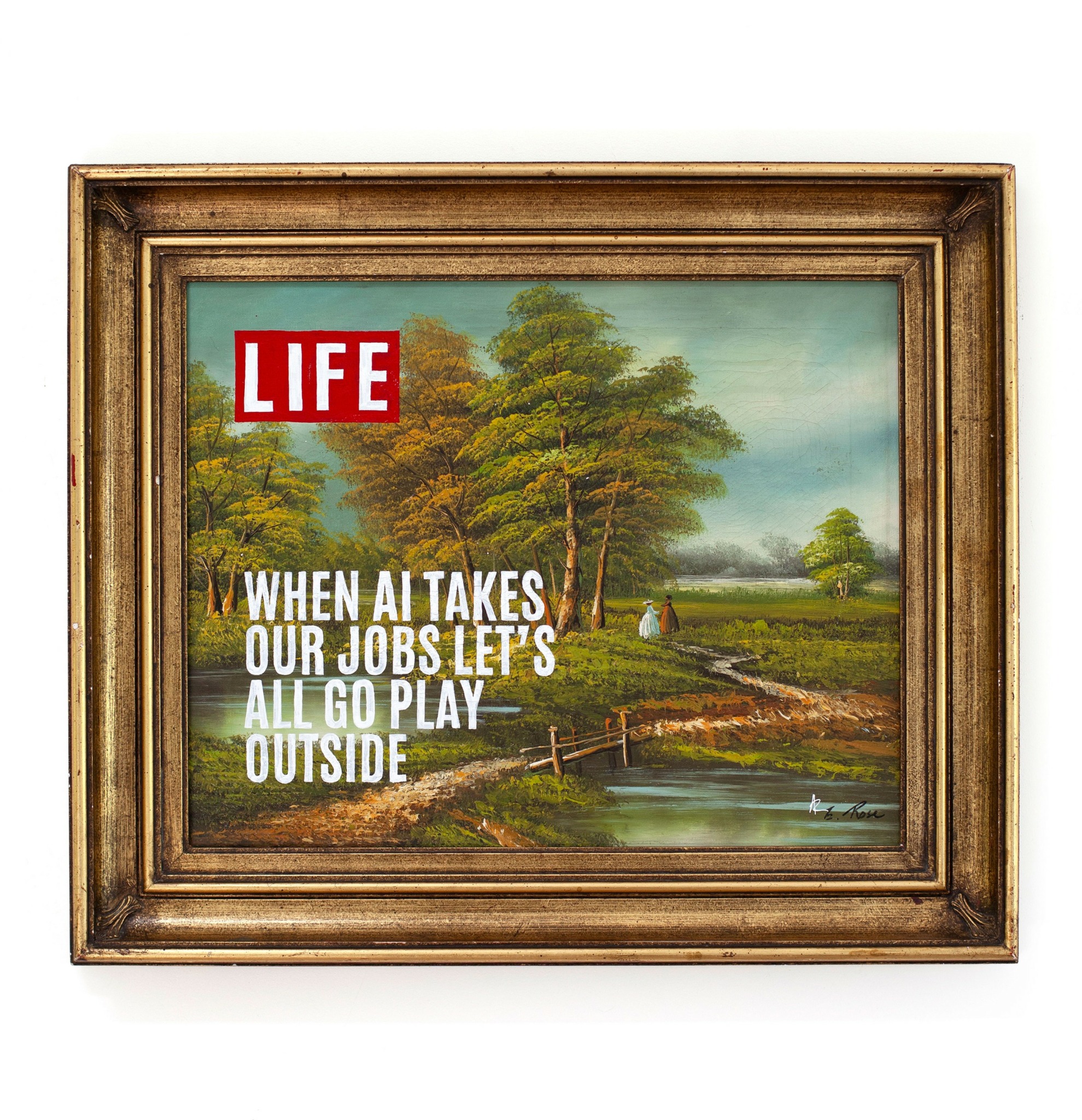

For you, what’s the most rewarding aspect of being a creative?
For me, the most rewarding aspect of being an artist is seeing and hearing how people engage with my work. Of course, it’s always exciting when someone buys a piece, but what really brings me the greatest joy is hearing the laughter and seeing the reactions at shows. When I watch people photographing my art, turning to each other with smiles, and discussing it in a positive way, I feel like I’ve made a genuine connection with them. Knowing that my work sparks conversations, laughter, and maybe even leaves a lasting impression—that’s what makes it all worthwhile for me. It’s about more than just creating art; it’s about creating moments and experiences for others to enjoy.
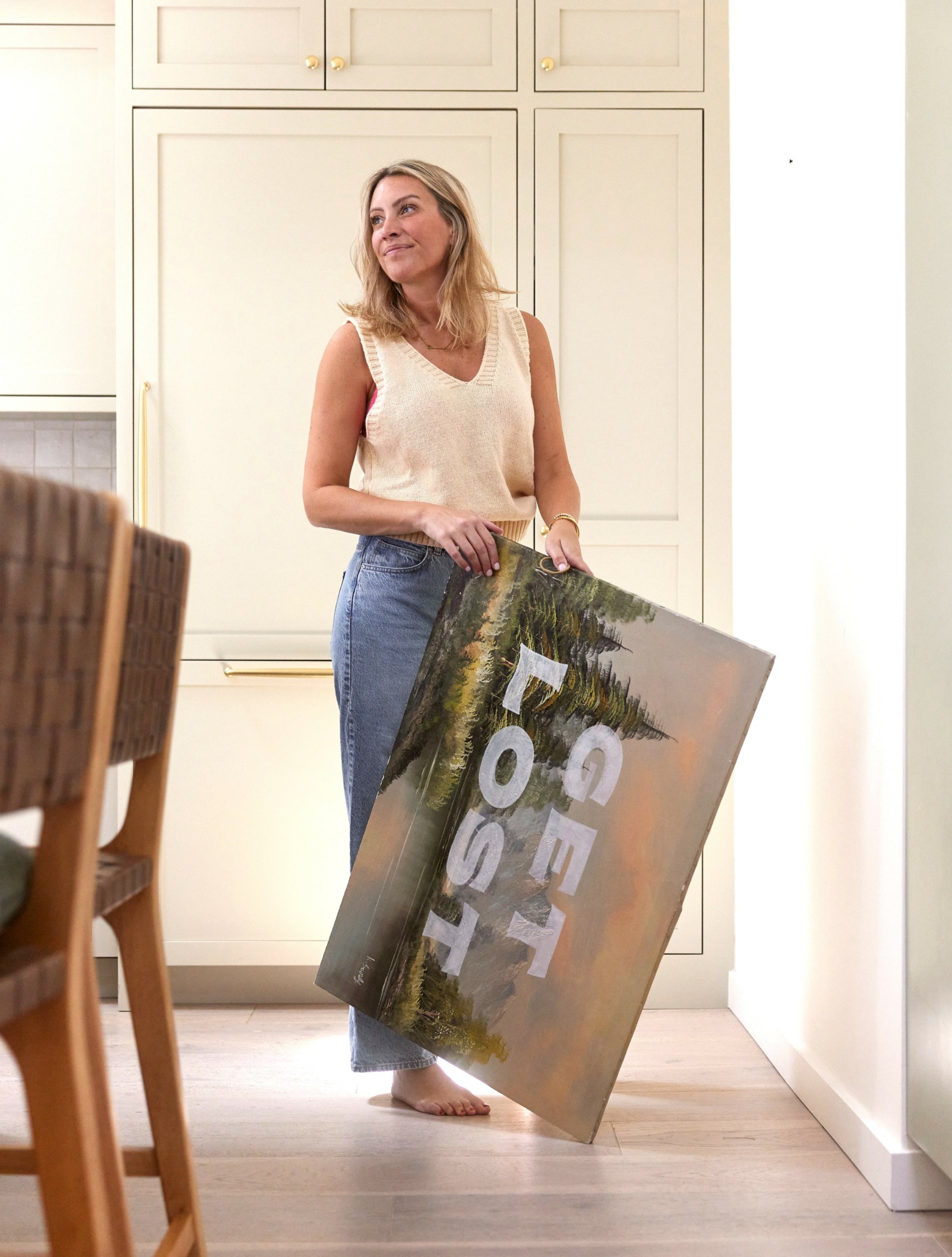

How did you build your audience on social media?
I’m definitely not a social media expert, but a few key things have worked for me in building my audience. First, I’ve found that growing a mailing list is crucial—especially at in-person art shows where people can sign up on the spot. Having a physical sign-up sheet or offering QR codes next to your artwork that link directly to your socials can make it easy for people to follow you instantly. This direct interaction is invaluable.
Being an artist these days requires more than just creating art; you also have to be your own marketer. You need to create engaging social media campaigns, and you have to be a good photographer or videographer to showcase your pieces in the best light. I’m fortunate to have a space with good lighting in my studio, but even with that, tools like the Smartest app are helpful. It allows me to show how my artwork can look in different interiors, which helps people imagine it in their own homes.
Engaging with your audience is key. Responding to comments, messages, and emails promptly makes a big difference. Don’t be shy—being approachable and building a direct relationship with your followers is what keeps people interested and coming back. Building a social media presence takes time, but authenticity and engagement are what will ultimately help you grow.
Contact Info:
- Website: https://www.paintingintherude.com
- Instagram: https://www.instagram.com/paintingintherude/
- Facebook: https://www.facebook.com/paintingintherude/

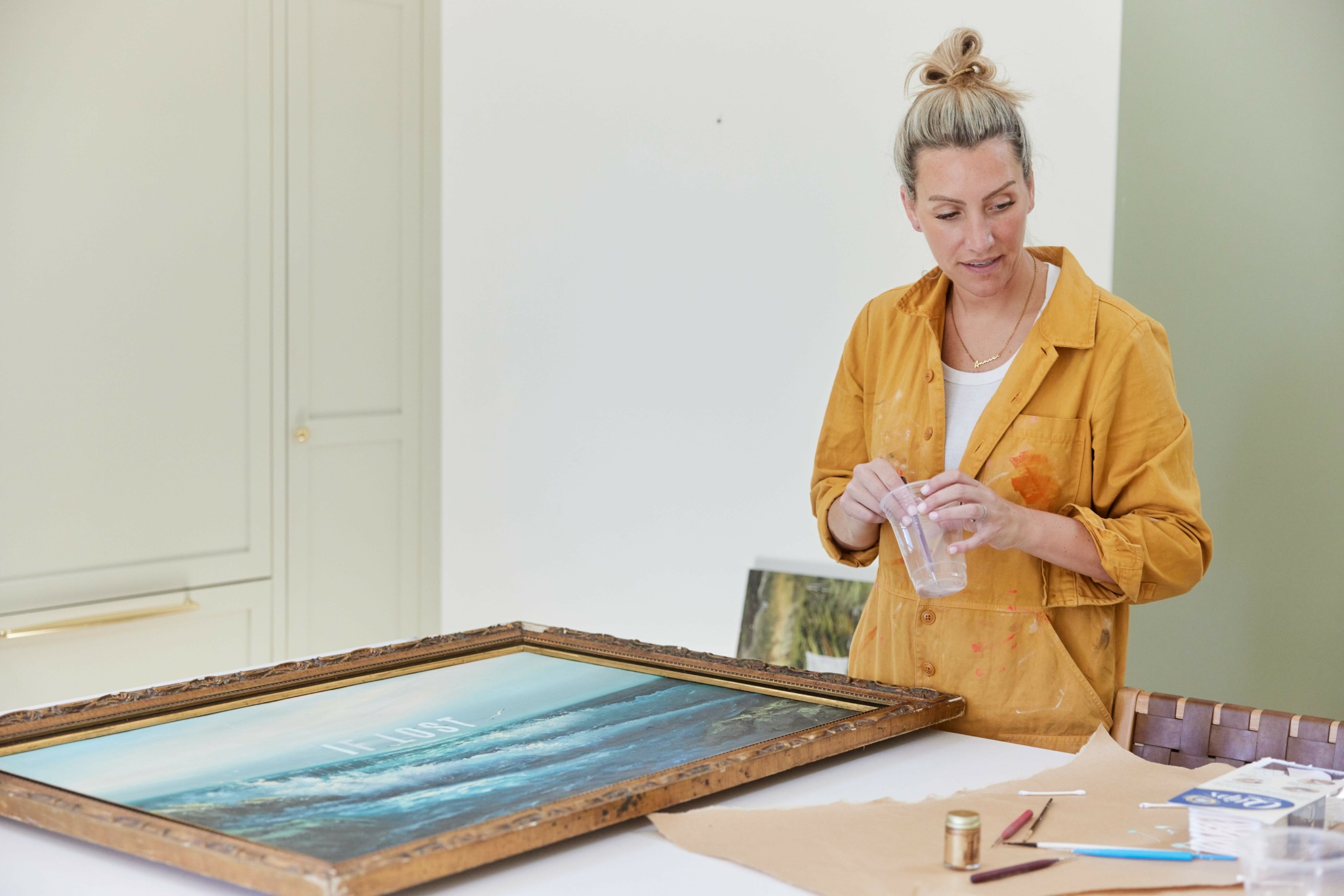
Image Credits
Lindsay Childs


